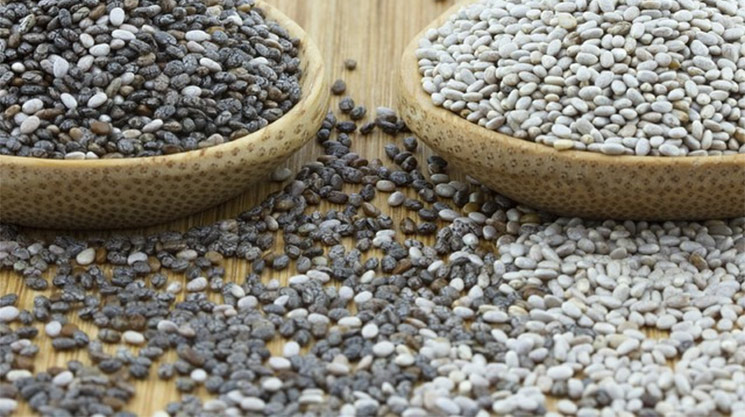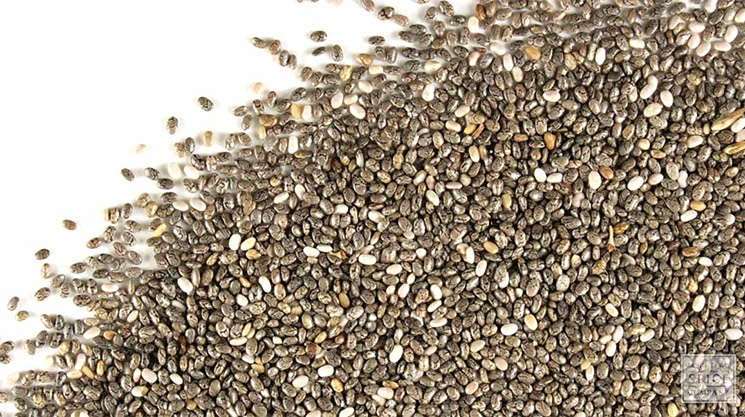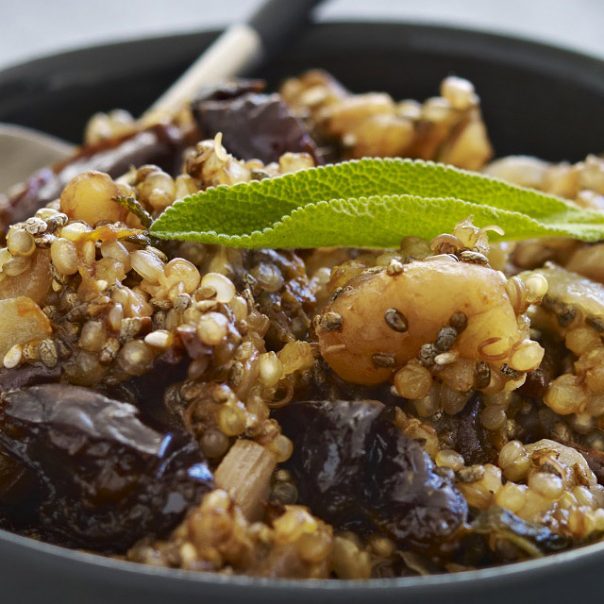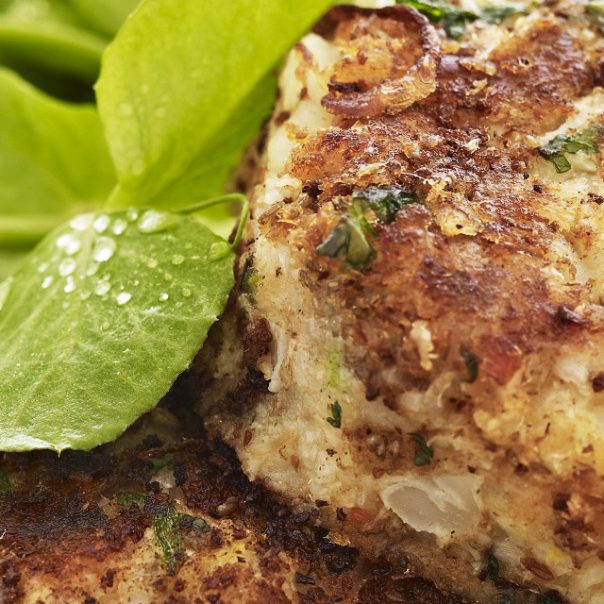I was in a bus travelling from the airport and the man next to me asked about my trip and where I had been. When I told him I’d been looking at chia farms he was very keen to tell me about the chia he was growing in his back yard and how it was growing like crazy. It made me want to share some information with everyone about the farming of chia and why where it is grown is so important.
Although the plant may grow in the backyard and some seeds will form, the nutrient value will not develop in the seeds if it is grown outside of the right latitude and climatic conditions.
Chia is a latitude specific crop and needs to be grown within 15-20 degrees of the equator. To ensure the superfood status and rich nutritional content, the chia plant must be exposed to the natural but complex process of specific day length, water and sunshine that develops the Omega 3 oil profile, fibre, protein and antioxidants in the seed. The ripening process is also what helps develop the seeds natural outer coat colour.
When you look at your chia seeds, they should be black speckled or white – but they should never be brown. Brown chia seeds are immature seeds that have not had enough sunlight and water to mature properly or there has been a climatic event such as frost on the crop. When chia seeds are brown the nutritional content is also compromised; brown seeds will be low in Omega oils and have a bitter taste.
At The Chia Co we grow our chia at exactly 15 degrees from the equator, providing long daylight hours and maximum sun. We use gravity-fed irrigation to ensure the quality and nutritional profile of every batch of seed. We also test every batch to confirm the rich Omega 3 content and nutritional profile of our chia seeds.
We can guarantee the nutrition of our chia because we grow it ourselves. Every packet of chia is 100% chemical free and fully traceable back to the paddock on which it was grown. We ensure that when you eat chia you are getting the essential nutrients you are promised. If you find the chia you have purchased is brown, you should take it back to where you bought it.
Until next time,
John Foss



